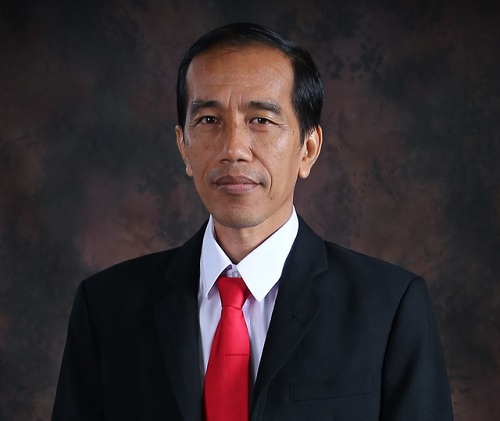What are Joko Widodo's Economic & Social Development Targets?
Last week, Indonesian President Joko Widodo introduced higher subsidized fuel prices in Southeast Asia’s largest economy in a bid to shift generous public spending from fuel consumption to productive and structural economic and social development. Prices of subsidized low-octane gasoline (premium) and diesel (solar) were raised by over 30 percent, or IDR 2,000 (USD $0.17) per liter, starting from 00:00 on Tuesday (18/11). Widodo aims to reallocate these funds to infrastructure, social welfare and the maritime sector.

With a ballooning fuel subsidy bill (the previous administration allocated nearly USD $23 billion for fuel subsidies in 2015), a wide current account deficit (primarily caused by costly oil imports to meet domestic fuel demand) and a rising state budget deficit, the Indonesian government finally - after weeks of uncertainty - decided to wind down generous fuel subsidy spending a bit further. Indonesian Finance Minister Bambang Brodjonegoro staid that this fuel price hike saves IDR 120 trillion (USD $9.8 billion) in the 2015 state budget. Moreover, recent declining oil prices also imply that the government has more fiscal room. Combined, this may push the state budget deficit back to below 2.2 percent of (estimated) gross domestic product (GDP) in 2015.
Indonesian Energy Subsidies:
| Year | Fuel Subsidies |
Electricity Subsidies |
| 2015 | 276.1 | 68.7 |
| 2014 | 246.5 | 103.8 |
| 2013 | 210.0 | 99.9 |
| 2012 | 211.9 | 94.6 |
| 2011 | 165.2 | 90.4 |
| 2010 | 82.4 | 57.6 |
| 2009 | 45.0 | 49.5 |
| 2008 | 139.1 | 83.9 |
| 2007 | 83.8 | 33.1 |
| 2006 | 64.2 | 30.4 |
| 2005 | 95.6 | 8.9 |
| 2004 | 69.0 | 2.3 |
in trillion rupiah
Inflation, however, is expected to accelerate to between 7.5 and 8.0 percent (year-on-year) by the end of December. To combat inflation, Indonesia’s central bank raised its key benchmark interest rate (BI rate) by 25 basis points from 7.50 percent to 7.75 percent in last week’s (unscheduled) extraordinary meeting. Inflationary pressures are a risk because it can lead to an increasing poverty rate as around 60 million Indonesians live just above the poverty line and can easily be pushed into poverty in times of inflationary shocks. As such, part of the funds that are saved through reducing fuel subsidies will be reallocated to social welfare programs. For example the recently introduced Indonesian Health Card (Kartu Indonesia Sehat, or KIS), Indonesian Smart Card (Kartu Indonesia Pintar, or KIP) and Indonesian Prosperous Card (Kartu Keluarga Sejahtera, or KKS). Through these programs, introduced in early November, poor households obtain better access to healthcare and education. Furthermore, the government will use direct cash transfers to those poor households that have not received these cards yet.
Infrastructure Targets Joko Widodo Administration (2014-2019):
| Subject | 2014 |
2019 |
| National Road Condition | 94% | 100% |
| Logistics Costs (% of GDP) | 23.5% | 19.2% |
| Market Share Public Transportation | 23% | 32% |
| Electrification Ratio | 81.5% | 96.9% |
| Per Capita Power Consumption | 843 kWh | 1,200 kWh |
| Household Gas Network | 102,000 (SR) | 192,000 (SR) |
| Access to Drinking Water | 68.5% | 100% |
| Access to Sanitation | 60.5% | 100% |
| Slum Area | 12.5% | 0% |
| Houses Backlog | 13.5 million | 6.8 million |
| Water Supply Capacity | 51.4 m³/sec | 1118.6 m³/sec |
| Per Capita Storage Capacity | 62.3 m³ | 78.4 m³ |
| Reservoir-based Irrigation | 11% | 20% |
| Irrigation Network Coverage | 7,1456 million Ha | 7,915 million Ha |
| Flood Prevention Design | 5 to 25 years | 10 to 100 years |
Source: Investor Daily

